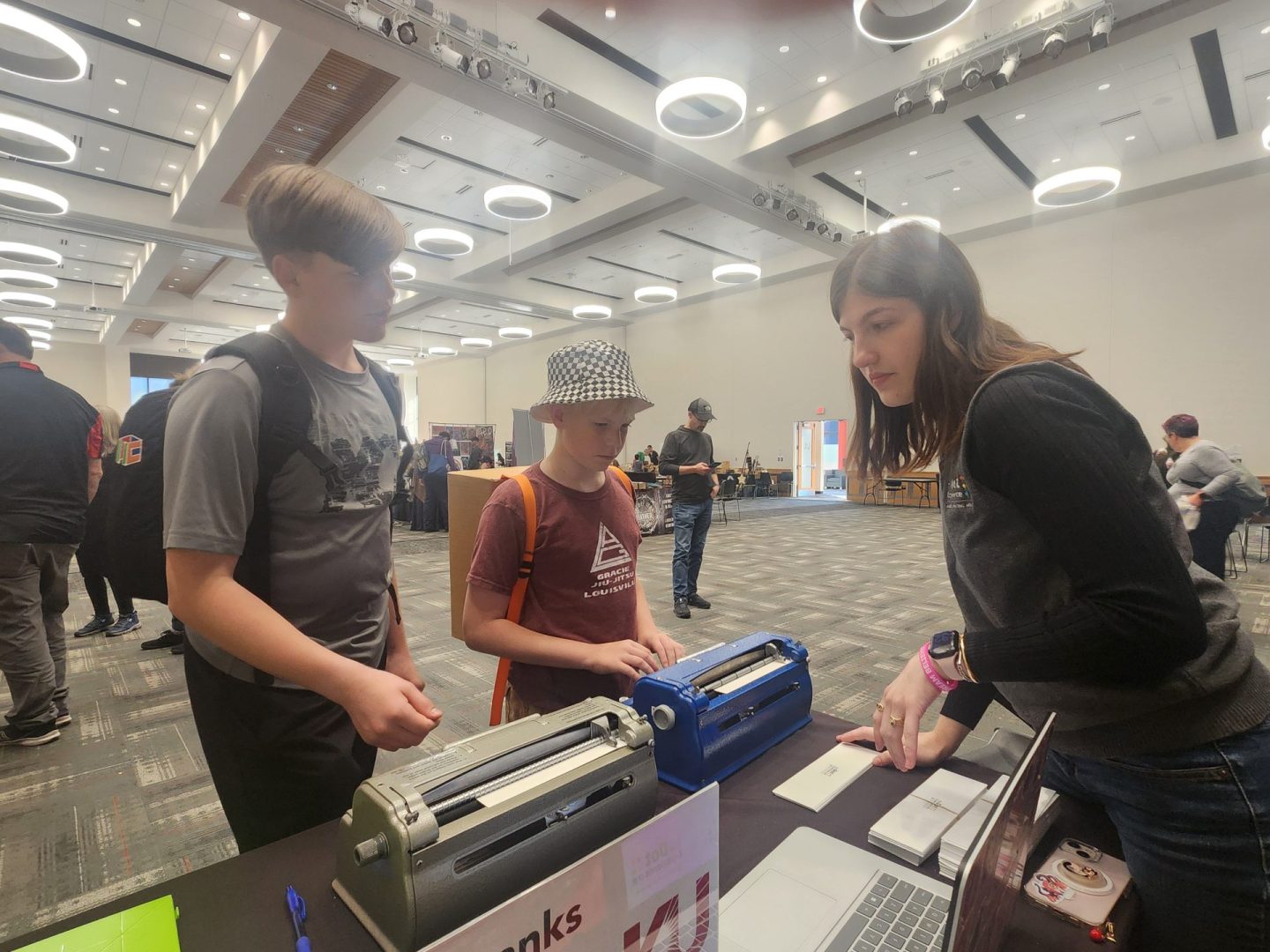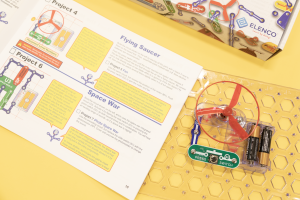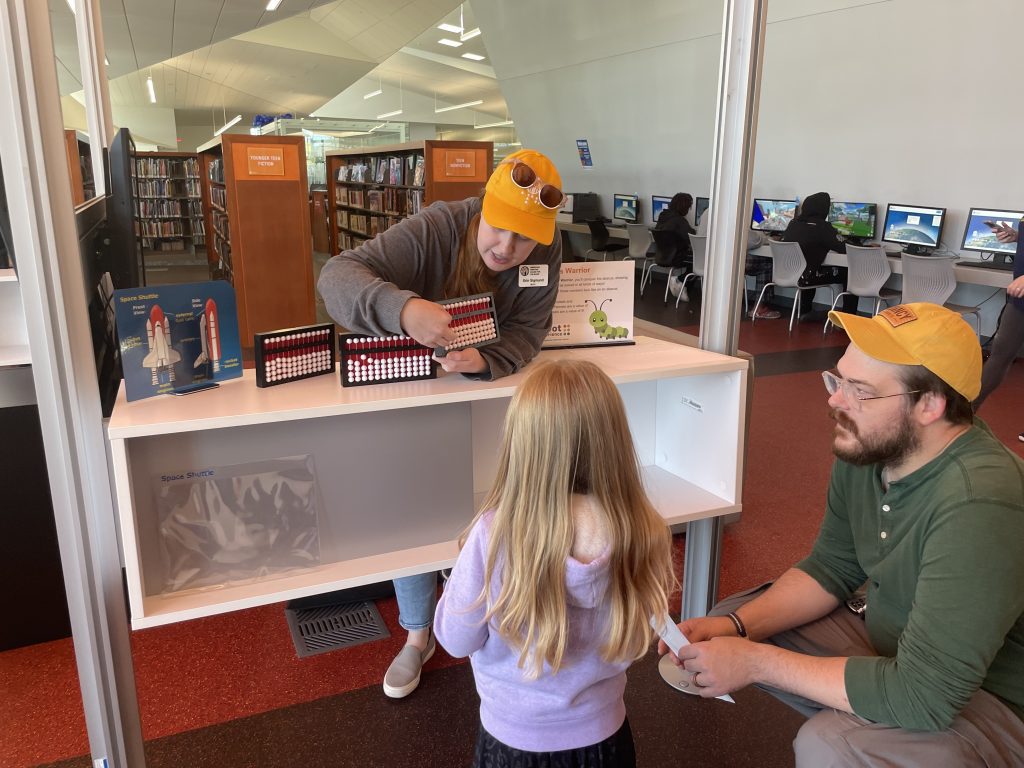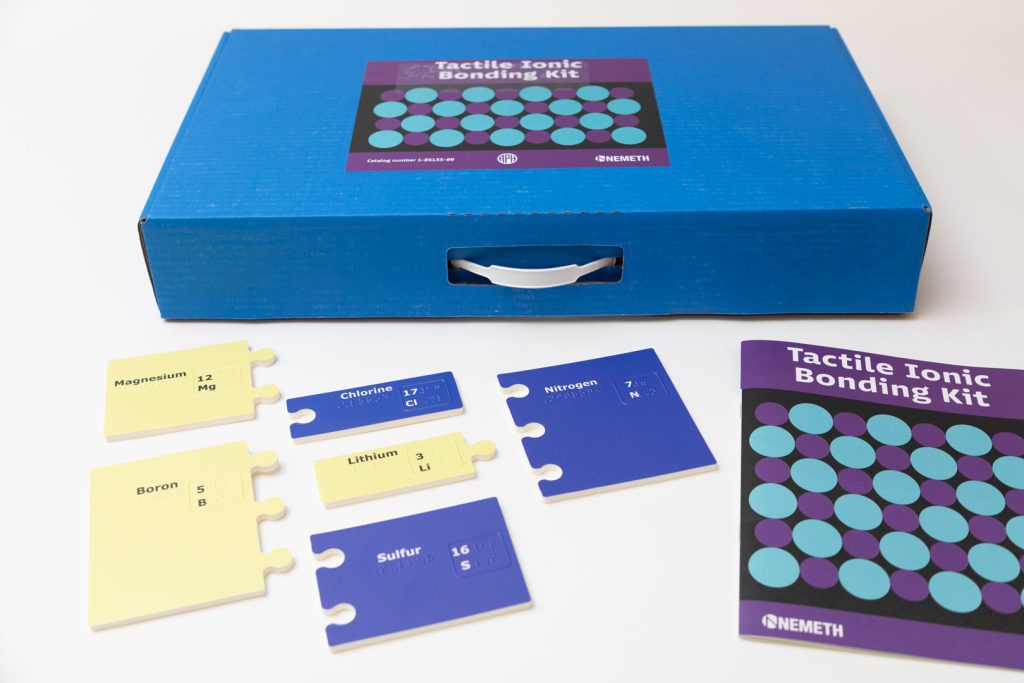Please be advised USPS is experiencing unusually long delays for Free Matter For The Blind shipping. If you have not received an order placed more than 30 days prior, please contact the APH Customer Service team at support@aph.org or 1-800-223-1839.
CloseAccessible Creations at Louisville Maker Faire

The Louisville Maker Faire is an opportunity for local creatives to learn, present, and be a part of innovation in the community. Local organizations will set up booths with new products, activities, and resources to learn about new work happening across fields. American Printing House’s booth will be there to not only join the conversation, but to make it known that those with blindness or low vision deserve a seat at the table.
APH’s booth will primarily focus on career opportunities in STEM for those with blindness or low vision. There will be familiar products like the Code and Go Mouse, which combines lessons in orientation and mobility with coding basics. The Code and Go Mouse encourages early learning in coding foundations and opens a path for further learning and potential coding careers. Another familiar product is the display of Perkins Braillers. The Perkins Brailler is a braille typewriter, developed in the 1950s, to provide a way for those with blindness or low vision to contribute written words in a portable way. APH’s Ken Perry, a volunteer for the event and leader in the movement of STEM for those with blindless and low vision, hopes that with the attendance of many engineers and professionals in the STEM industry, the braillers will drum up interest in new developments of a classic product.
The star of the show, however, is the circuit. Ken Perry, as well as a few other colleagues, spent their time developing a new kind of accessible Snap Circuit. From the inclusion of braille on the snap circuits, as well as tactile schematics, new efforts are being made to ensure attendees─ both sighted, or with blindness and low vision ─understand that there’s a place for everyone in the field of electronics. At the booth, there will be demonstrations on the innerworkings of the circuits, as well as accessible circuit kits. Included in the kit, the circuits are designed for all kinds of creations, including directions for building a theremin light sensor music box.

The team will be not only demonstrating the circuits, but also providing free kits for visitors to take home with them. Ken hopes that with access to these kits, students who are blind or low vision will not only follow the directions for one creation but spend time learning the inner workings of these base circuits and begin building their own special creations out of the same tools.
Due to the technicality of electronics, those with blindness or low vision are often written out of the equation for any type of career in this field. However, those with blindness or low vision have been an integral part of the development of technology over the years. Inventions like cruise control, closed circuit television, braille embossers, and more began in the field of blindness and low vision.
“You know, we can do the same things, but sometimes it takes a little extra work,” said Ken. “There are amazing things you can do with low-cost electronics and if we’re left out of that, we lose out.”
To check out these products providing a new level of inclusivity and innovation in STEM, come visit the APH booth at Louisville Maker Faire this Saturday, October 26th from 10-5 at the UofL Student Activities Center.
For more information on products and activities to encourage student learning in the STEM field, check out 10 STEM Products for Inclusive Classrooms.
Share this article.
Related articles

Connect the Dots Event Inspires Inclusivity and Accessibility
On Saturday, November 2nd the Louisville Free Public Library hosted STEAM Day, an event filled with family fun exploring science,...

Understand Chemistry Concepts with the Tactile Ionic Bonding Kit
Chemistry is a complex subject. Students study a variety of concepts, such as atomic structures, electron configurations, the periodic table,...

Achieving Academic Success with the Monarch
With the proper tools and support, students who are blind or have low vision can achieve academic success with the...
